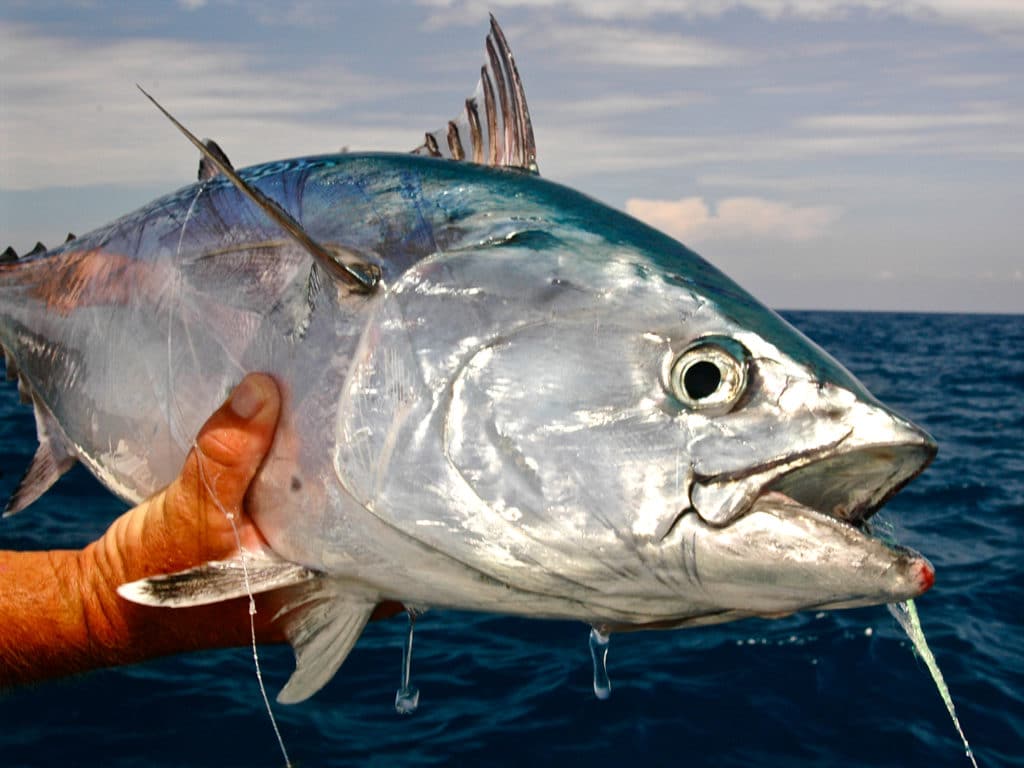
A SPECIES WITH MANY NAMES
Officially designated “little tunny” by the IGFA, false albacore (Euthynnus alletteratus) are also commonly known as little tuna, tuna mac, albie, fat albert, albacore, or bonito, although true albacore and Atlantic bonito are entirely different species. Wavy worm-like markings on the back and several dark dots below the pectoral fins are easy identifiers.
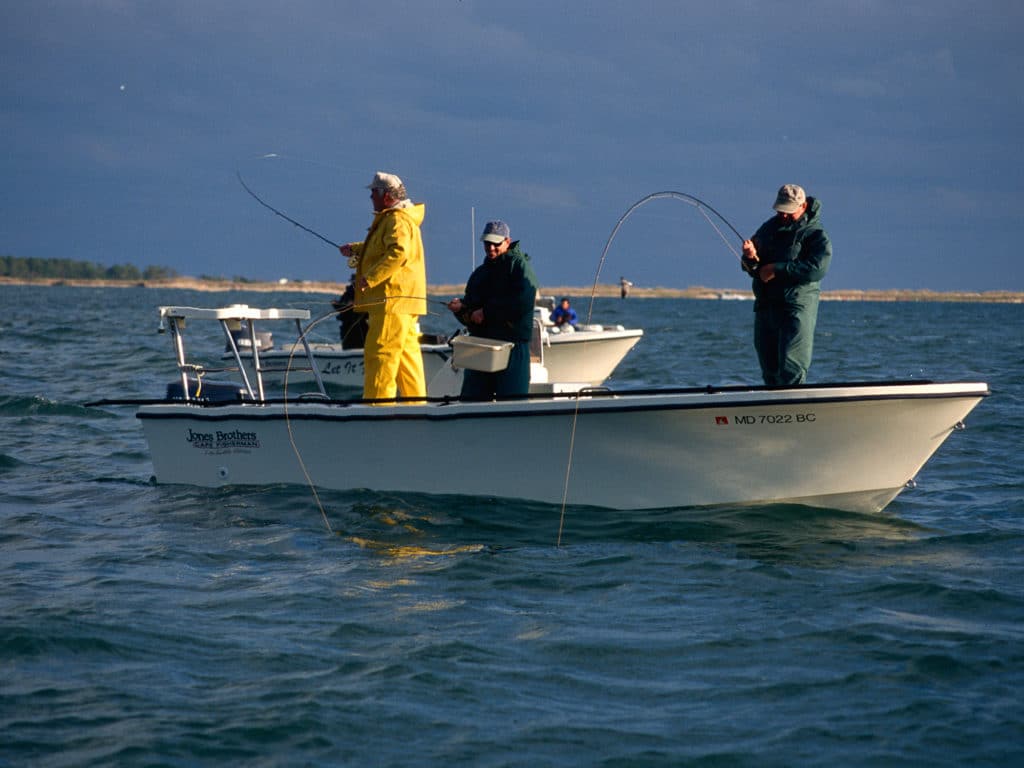
MATCH TACKLE
A 10-weight rod is a great choice for albies. You can take them on lighter tackle, but you do them no favor by extending the fight. They never give up. Lacking a swim bladder, albies will swim until they expire, and these fun and exciting game fish deserve better.

BEST SUITED FLY LINES
Although floating lines work well, if limited to one line, I would choose an intermediate. However, in choppy water, a fast-sinking 30-foot shooting head is sometimes required to get the fly down a couple of feet. I recall an incident in Connecticut when the fish chased our flies but refused to grab them as they neared the surface. We switched to sinking lines, which kept our flies a couple of feet below the surface despite stripping at fast pace, and had no more refusals.
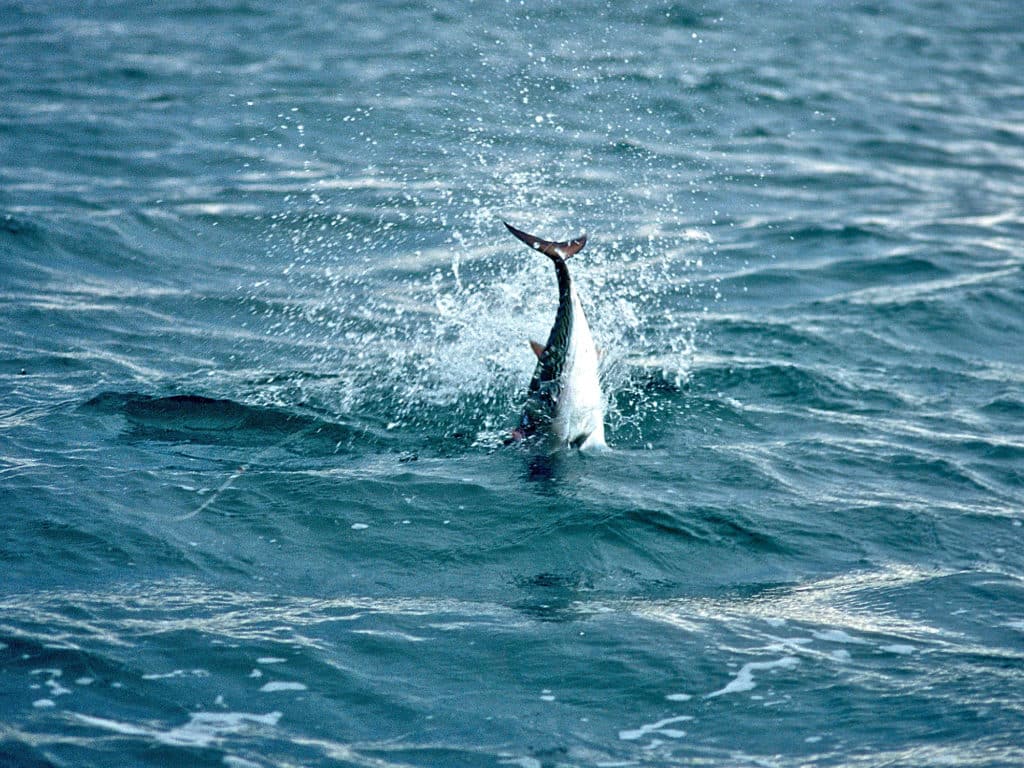
RECOMMENDED REELS
Since albies reach speeds of 30 to 40 mph and really rip off line, fly reels should have smooth start up and overall drag, and be capable of carrying at least 150 yards of backing. A large-arbor design helps to regain line quickly when a fish turns and heads back your direction. If one should suddenly do a 180 and swim rapidly toward you, dip the rod tip into the water to prevent the line from wrapping around it as you reel as fast as possible to take up any slack and stay tight on the fish.
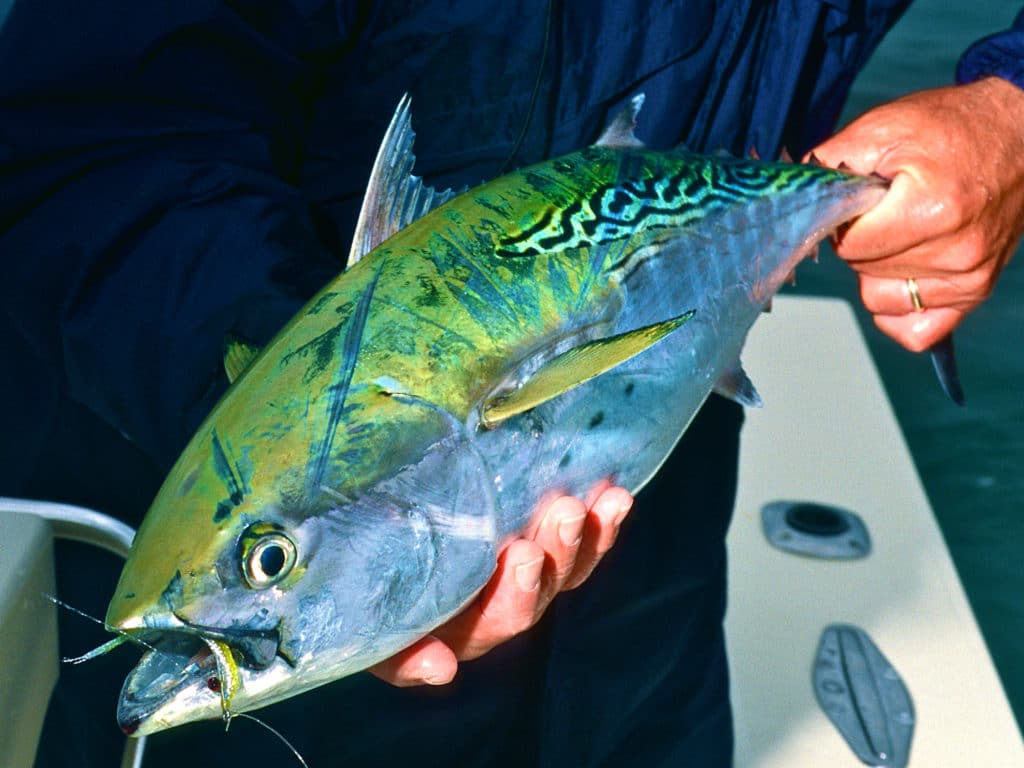
TIPPET SELECTION
While not especially leader shy, albies have very small teeth that pose little threat to light tippets. Therefore, seven or eight foot leaders with 15- to 20-pound tippets are standard. But when fishing from rock jetties, it’s a good idea to add a straight piece of 30-pound mono as protection against fraying.
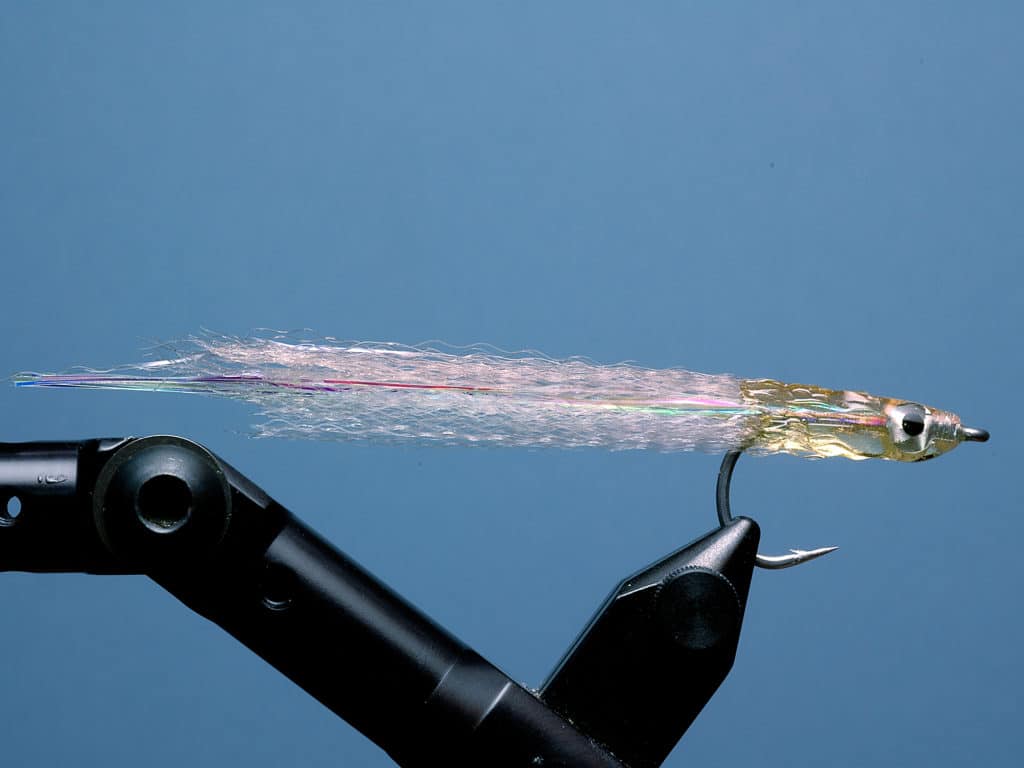
TOP FLY PATTERNS
When it comes to flies, patterns in more subdued color schemes — usually combinations of blue, green, gray, tan, and white — work best. My favorite patterns include Alba-Clousers, Jiggies and Surf Candies, tied with nylon or bucktail wings, in sizes 1/0 and 2/0.
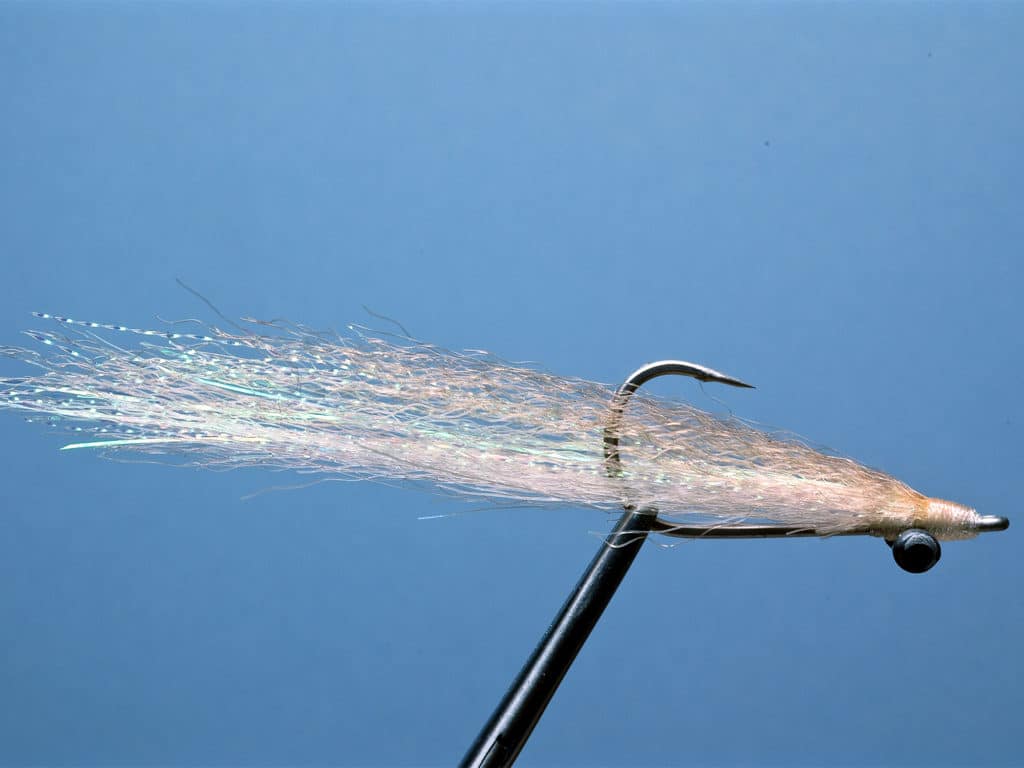
IDEAL TECHNIQUES
As for the best techniques, they differ depending on the situation. When fishing from a boat, long casts are generally not called for. Albies frequently ravage dense masses of baitfish that seek protection under boat hulls. During the chase, they push the bait pods toward the surface, where mayhem ensues. Just throw your fly in front of the feasting albies, use a slow to medium-fast retrieve, and let the fish intercept your offering.
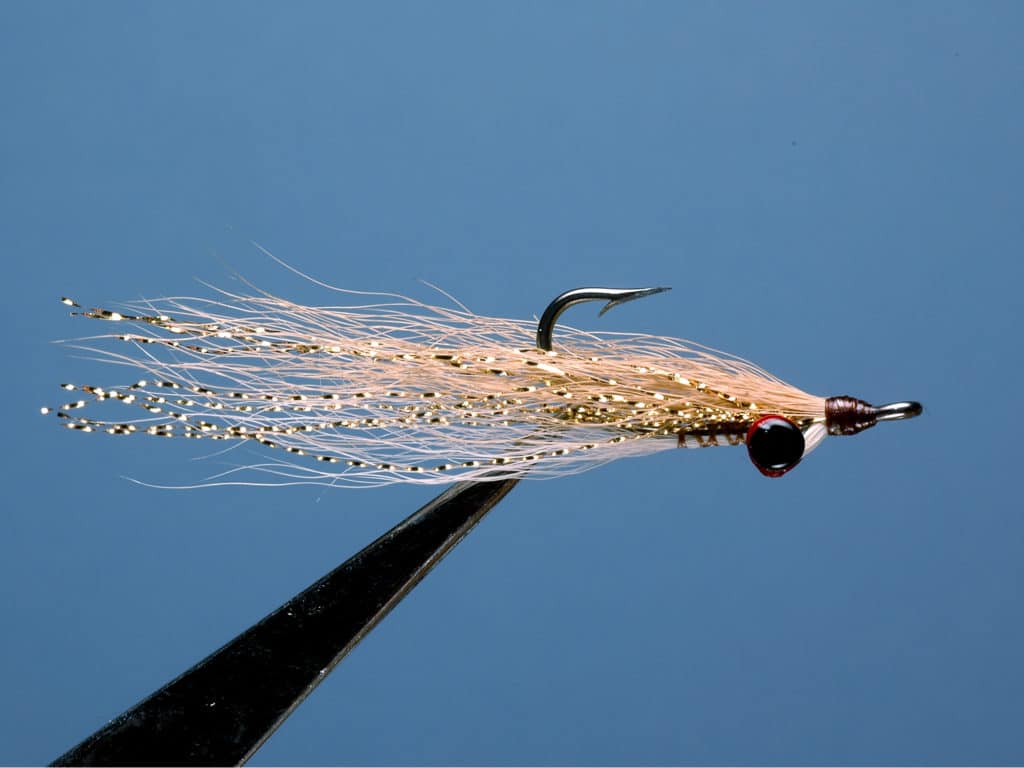
IN DEEP WATER
Chum is sometimes needed to lure fish into range. If you are fishing deeper water, a few handfuls of small baitfish, like bay anchovies or silversides should bring albies within casting distance.
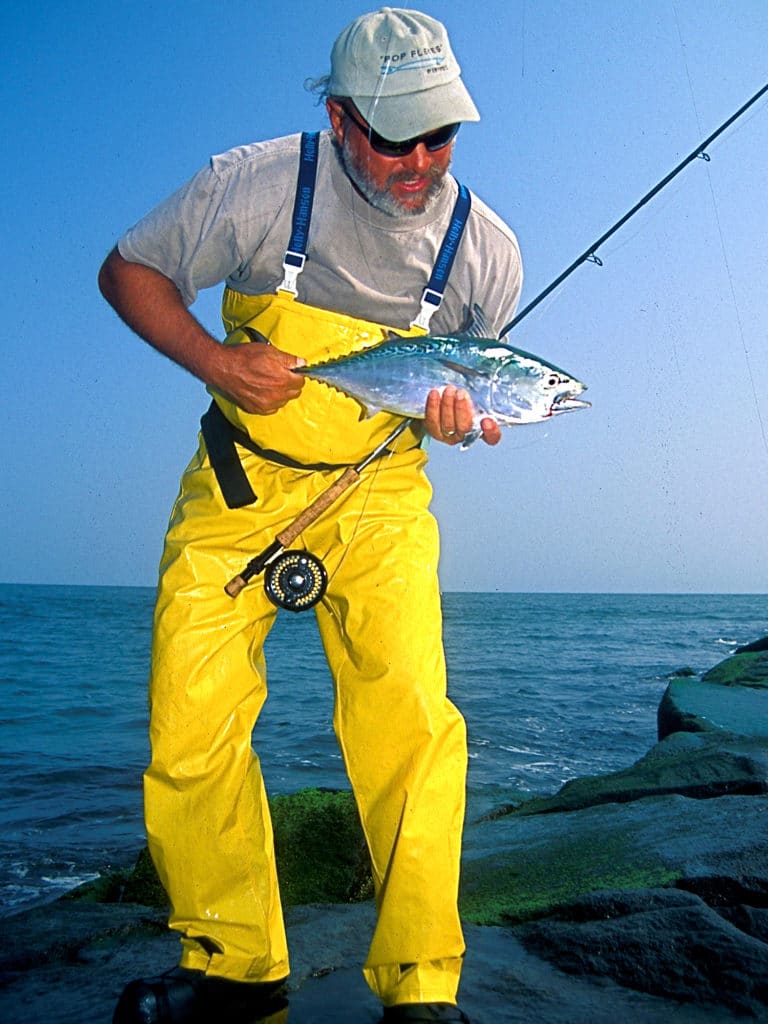
ALONG THE SURF
Surf fishing for false albacore is a special challenge, the pinnacle of the sport, calling for fast, long, accurate casts. Unlike striped bass, seatrout, or bluefish, albies move fast. They don’t stay in a zone for long, so consider any you catch from the beach a trophy. Jetties that stretch far out to sea afford great help in getting to the fish.
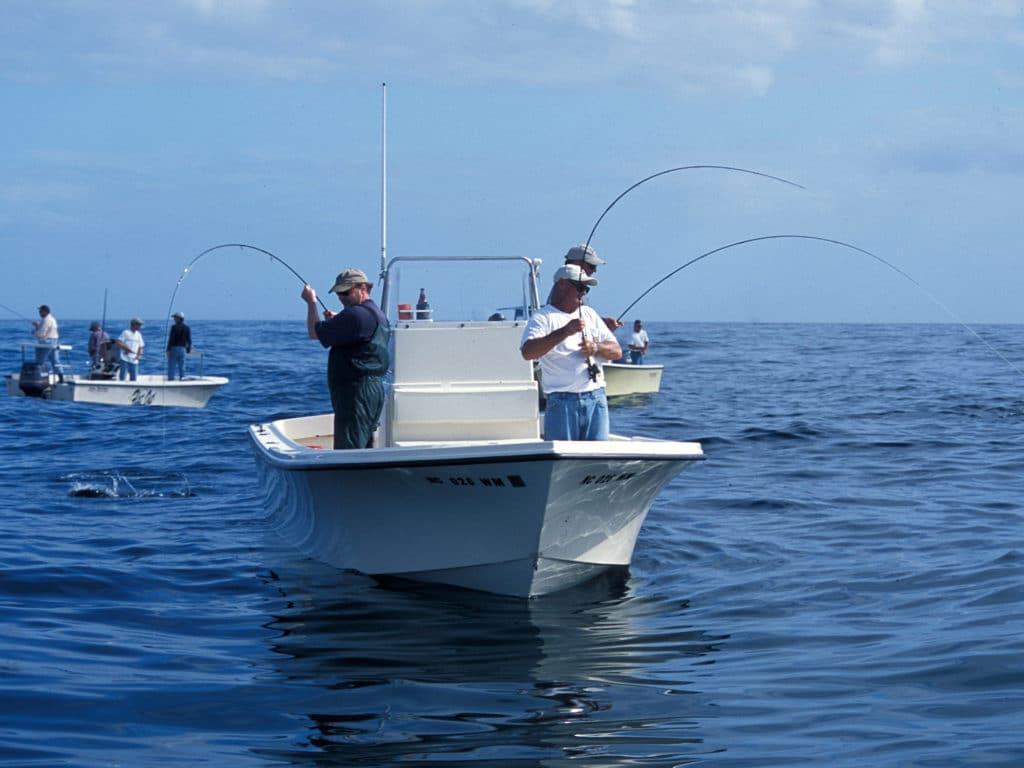
FROM A BOAT OR AFOOT
Whether fishing from a boat or along the surf, too often anglers get caught up in the frenzy and retrieve too fast, taking the fly away from the fish. Some claim that false albacore only strike straight ahead, that they won’t deviate from their line of movement, but saltwater guru Bob Popovics has videos of fish turning around and grabbing flies well off to the side. So don’t pull your fly away too quickly if it lands off target.
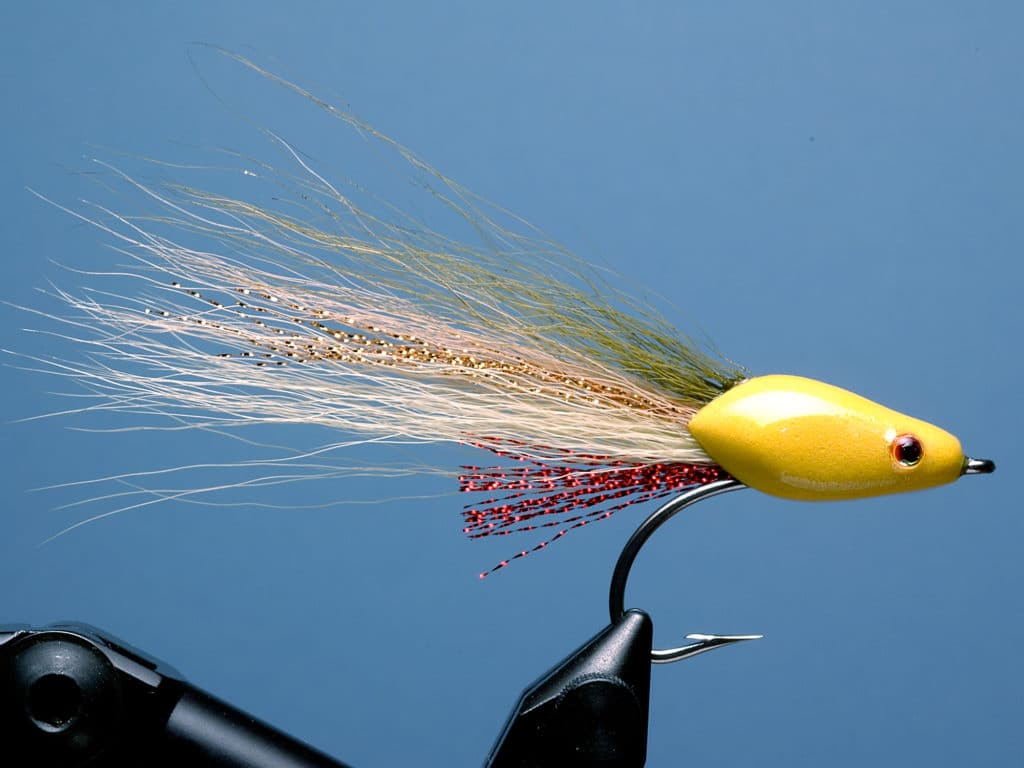
WOUNDED PREY TACTIC
Sometimes no retrieve at all works best. Cast a Clouser Floating Minnow near the crashing fish and let it sit, bobbing in the waves. It’s amazing how often an albie will zoom past and grab the apparently hapless, wounded prey.
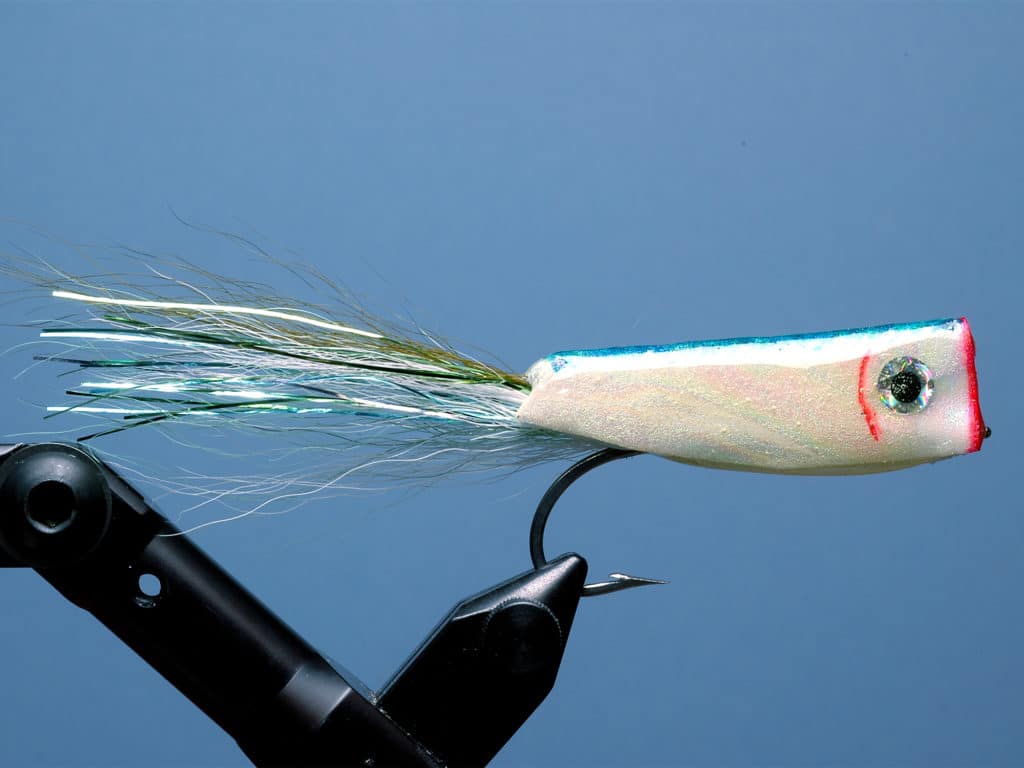
COMBINED TACTICS
If fish stay down and refuse to come to the surface, fish a floating fly pattern, like a Blados’ Crease Fly, on a fast-sinking line. Between strips, the fly tends to wiggle toward the surface like an escaping baitfish, rather than sinking like a weighted fly does.
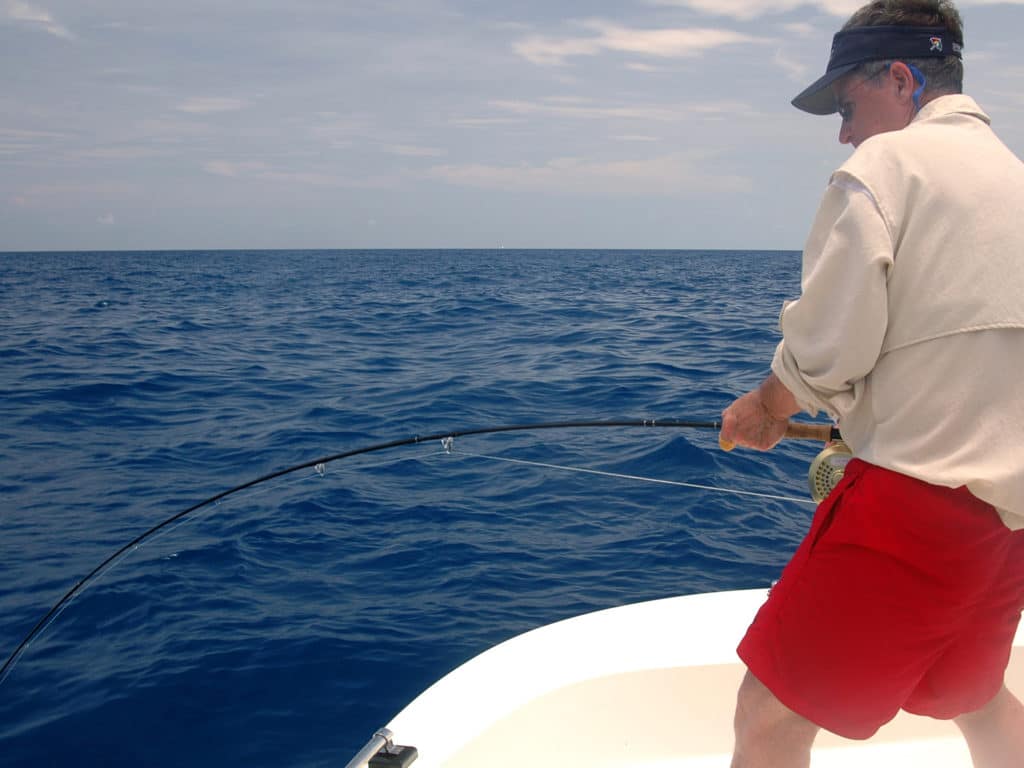
HOOKED UP
Once you hook up, keep your rod tip low to fight albies with the rod butt. Novice fly rodders and many converts from freshwater routinely make the mistake of “high stick” the fish, which is a recipe for disaster. At best, that will prolong the fight. At worst, it will result in a broken rod tip.









